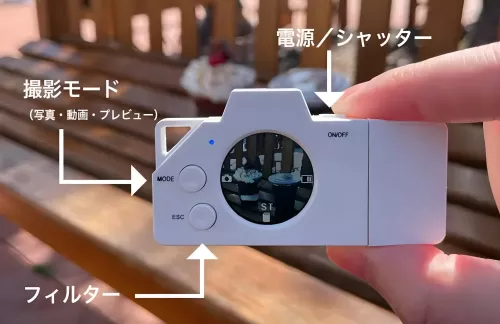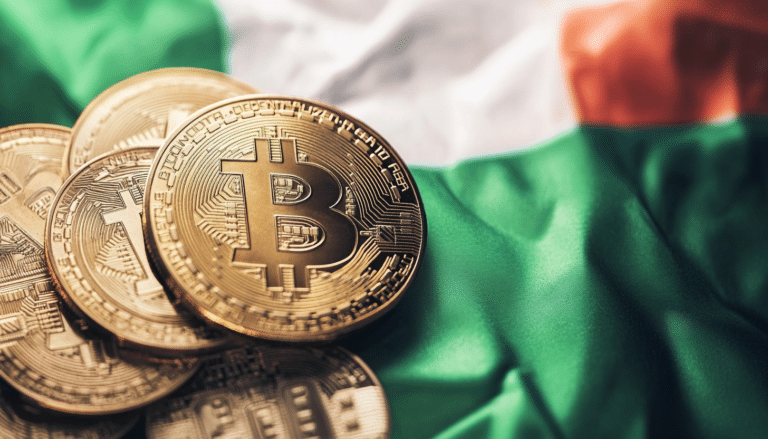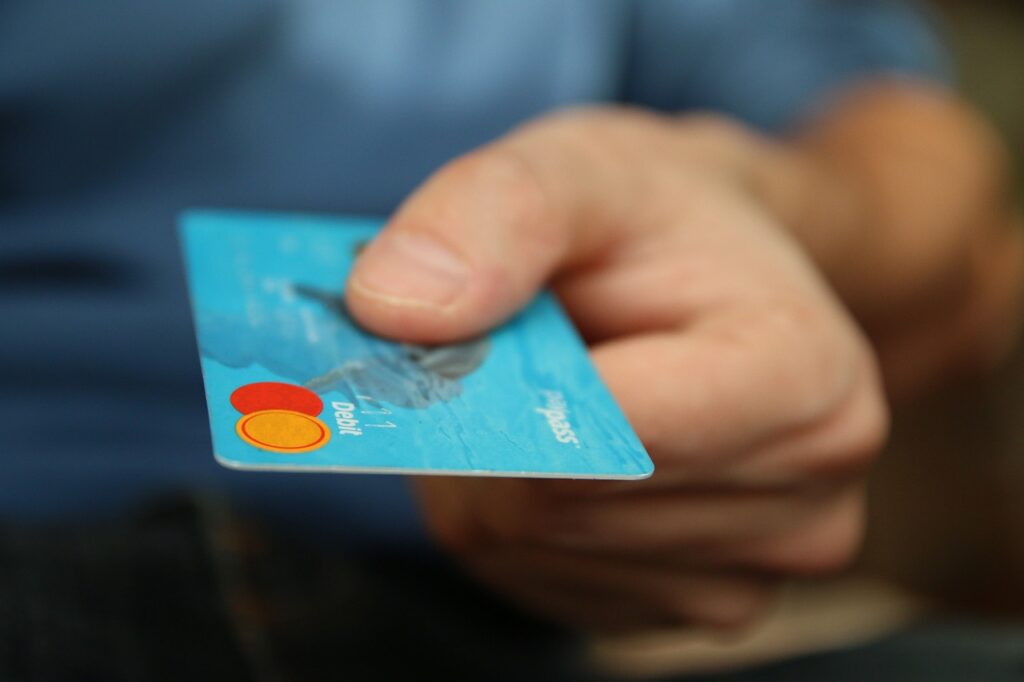Can the Roy App Fix the Gophers?
In the last half-decade, college athletics has been upended by lawsuits and court rulings that have pushed the NCAA to allow student-athlete compensation from outside entities (known as Name-Image-Likeness or “NIL”), and the NCAA recently authorized universities to compensate athletes directly. The NCAA has also made player movement between universities easier through a new “transfer portal,” which allows them to maintain eligibility while, conceivably, moving from school to school every year of their college careers. (In the past, athletes lost a year of eligibility each time they transferred.)
Although college athletics has never been a level playing field, with boosters long accused of surreptitiously funneling money to football and basketball players, the recent changes are adding a Wild West aspect, rooted in the disparities brought on by NIL.
NIL stands for name, image, likeness and allows local sponsors to compensate athletes for marketing endorsements. In major university markets, private collectives have formed to raise money and sponsor athletes with NIL funds. Though it was thought that the NIL universe would benefit athletes playing in the larger media markets, like the Twin Cities, that hasn’t necessarily been the case.
“Why didn’t NIL work?” asks Cale Johnston, serial entrepreneur and the founder of banking app ClickSWITCH (which sold to Q2 Holdings in 2021 for $65 million). “The Gophers should be signing all the best players with all the Fortune 500s here. But instead, Columbus [Ohio State University] is winning.” Johnston says OSU has raked in $35 million in NIL funds, while the University of Minnesota has attracted a fraction of that.

Johnston, a fan, was frustrated by the richest college athletics programs getting richer, and he started noodling on a tech solution—“I wanted to do something about a problem everyone just wants to complain about.” His creation, Roy, is a crowdfunding app that allows fans to overcome the NIL system’s greatest limitation—the effectiveness of local collectives in raising money.
Roy (which stands for “return on you”) debuted in August and allows fans to dedicate monies to a specific player to cement them to their university. To deal with the real risk of said player entering the transfer portal, Roy uses a banking solution to incentivize stability. “If I want to give [Gopher running back] Darius Taylor $10, it sits in a settlement account until he commits to stay in Minnesota,” Johnston explains. “Our approach returns the money if a player leaves. They only get 25% with a commitment. They are paid out over a year to keep them committed. There is full transparency.
“We actually try to obviate the need for the player to enter the portal.”
Roy hopes to have 100,000 users and $10 million in deposits by December. Though it’s starting with football and basketball, it will be adding wrestling, hockey, baseball, and women’s volleyball as those sports’ seasons begin.
“The Gophers should be signing all the best players with all the Fortune 500s here. But instead, Columbus [Ohio State University] is winning.”
—Cale Johnston, founder of Roy
Though Johnston believes local collectives will see Roy as a threat, he says Roy would be happy to partner with them. Roy might be a banking solution, but its challenge is basically a marketing one. Roy needs fan awareness and that of the agent community now that college athletes can have representation.

Johnston says he raised $20 million for ClickSWITCH and that the VCs and angels who invested saw “a fantastic return.” Local investor Reed Robinson is one of Roy’s early funders. “I like Cale’s approach because I think this is a banking problem and he’s a fintech guy,” Robinson told TCB. “Will the talent choose to use their network? That’s going to be the challenge for everyone in this space. There is money flying everywhere.”
Johnston admits Roy could also end up “a spectacular failure” if fans are indifferent. His hope is to convince them that a DraftKings/fantasy league-type platform—where small investments give them a stake in player outcomes—is worth a look.
Just prior to launch, St. Louis Park-based Roy had 10 employees and $2 million in seed funding for marketing. Johnston expects to spend it on podcasts, radio, and in-stadium ads. He also hopes to reach influencers to evangelize Roy’s message.
“It’s a big bet, undeniably,” he says. “We’re going to Vegas and putting it all on red.”




